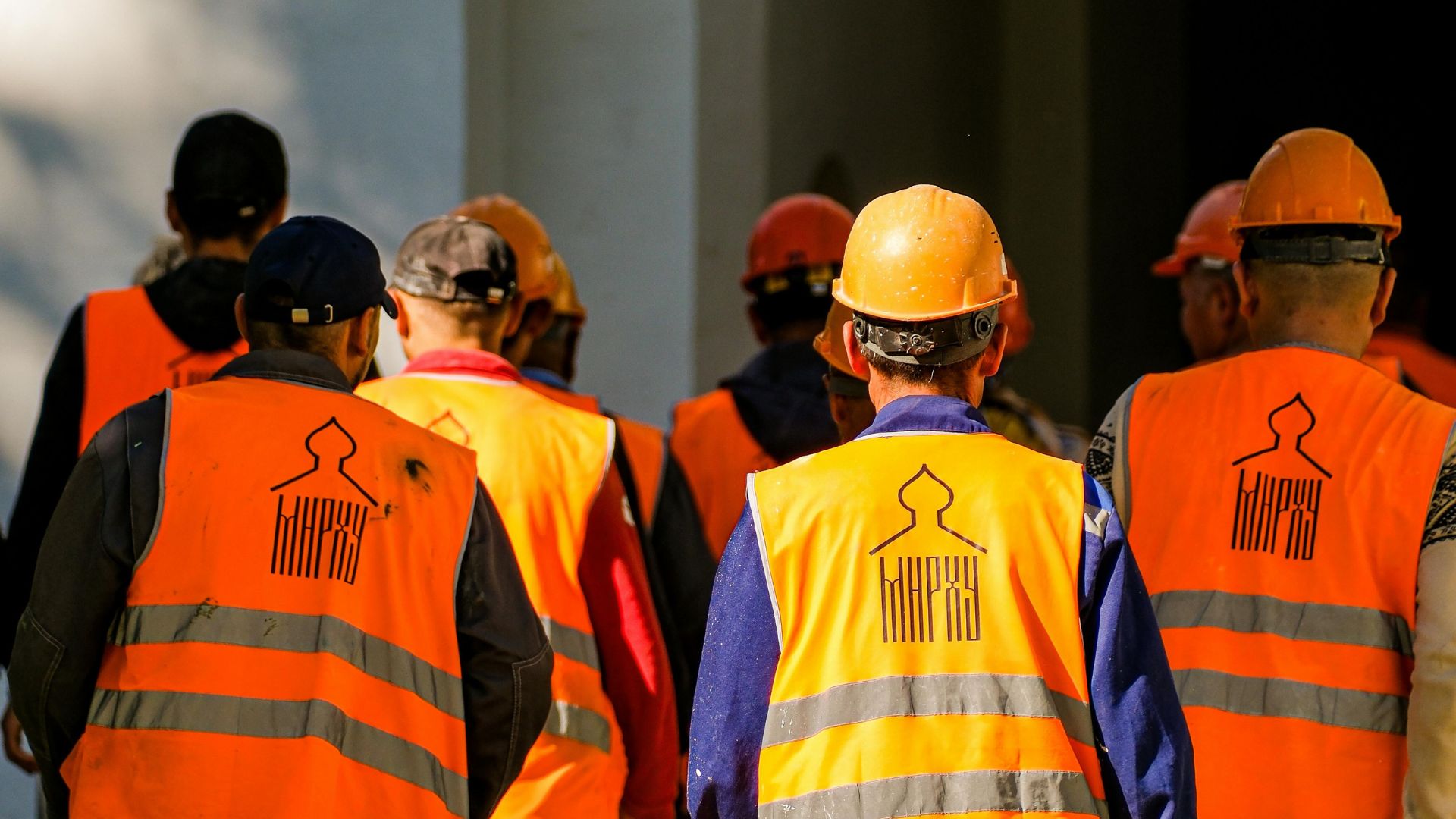
Safety Leadership: Why It’s Needed In The Every Workplace


Ever thought that safety leadership was just for construction and manufacturing? It’s time to think again. According to the latest Bureau of Labour Statistics data, 2.6 million incidents of non-fatal workplace injuries were reported in the private sector. Even more alarming, over 5,000 fatal workplace incidents were recorded. Such tragic incidents take a massive toll on people, productivity, and brand reputations. That’s why safety leadership is so critical.
Creating a safe workplace is the duty of every responsible employer. And it’s also good for business. Today’s post explains why safety leadership is so important. Here we share 6 practical ways to promote a leadership and safety culture in your organization.
Let's get started by exploring what safety leadership means.
What is safety leadership?
It’s simple, really. Safety leadership is all about creating a safety culture within an organization.
Safety leaders proactively identify risks and potential hazards. They develop policies and procedures for managing hazards and incidents. Safety leadership also promotes employee wellbeing. Training, resources, and equipment ensure safety is ingrained into company culture and everyday work. Finally, safety leaders encourage an open, trusting environment where employees feel comfortable raising concerns or issues.
Safety value driven management is relevant to organizations of all shapes, sizes, and industries. High-risk sectors like construction, manufacturing, and transportation often top the table for reported incidents. However, there are health and safety risks in every workplace. Even small businesses with just a handful of employees are not exempt, making safety at work a priority for everyone.
Why do workplaces need safety leaders?
Safety leaders aren’t just a nice-to-have extra. They are essential in every workplace. Safety leadership protects your most valuable asset – your people. And it also safeguards your company reputation.
Here are some more compelling reasons why your workplace needs safety leadership:
- Risk mitigation: Safety leaders proactively identify risks and hazards. They then take control measures and act to reduce the likelihood of accidents and incidents.
- Compliance: Every workplace and some specific industries are subject to federal or state safety regulations. One of the safety leader’s responsibilities is to ensure legal and regulatory compliance. With robust safety leadership in place, you reduce the risk of penalties and violations.
- Reduced costs: Make no mistake, workplace accidents and injuries are costly. And there's more than just the human cost to consider. Medical expenses, workers’ compensation claims, decreased productivity, and the damage to your reputation add up, impacting the bottom line. Safety leadership can significantly reduce these costs by preventing incidents from occurring in the first place.
- Emergency preparedness: Safety management takes the lead when there’s an emergency with a coordinated response. Whether fires, medical incidents, or natural disasters, safety leaders save lives and minimize damage.

{{ Learn more with our Culture of Safety eBook here }}
How to become a safety leader in 6 steps
- Be a safety advocate
- Simplify safety
- Communicate regularly
- Encourage feedback
- Lead by example
- Deliver safety training
Let’s explore in more detail the skills that safety leaders should master.
1. Be a safety advocate
Use every opportunity to promote the safety message, from team meetings to one-to-ones or casual conversations around the water cooler. Highlight the benefits of a safety culture in reducing work stoppages and the possibility of lost wages. Advocate up, down, and across the organization. The safety leader's job is to raise concerns with senior management and ensure they’re on board with the safety message.
2. Simplify safety
Make it easy for employees. Ensure safety equipment or personal protective equipment are accessible and well maintained. Explain safety policies or regulations in everyday language that everyone can understand. Practice safety procedures like fire drills, so it’s second nature for employees. And undertake regular training on safety processes and procedures.
3. Communicate regularly
Keep the workforce updated on the latest developments in health and safety. Make sure they know about changes to rules and regulations. And advise employees of revised safety measures in response to near misses or new hazards.
4. Encourage feedback
Employee reporting of workplace hazards and risks is crucial. Have an open-door policy where workers feel comfortable reporting their concerns without fearing negative consequences. Invite feedback through surveys, pulse checks, or team chat. Build trust with the workforce. Without trust, employees are less likely to come forward or may be reluctant to comply with procedures.
5. Lead by example
See incidents or near misses as learning opportunities. Try not to assign blame when things go wrong. A positive safety culture will be more effective than one based on fear. And remember, nothing influences workers’ behavior more than the behavior of leaders. So, model the correct safety procedures you expect to see in others, even when you think no one is looking.
6. Deliver safety training
Whether onboarding new recruits or refresher training for seasoned workers, reinforce the safety message. Give presentations on specific health and safety topics. Inform workers about potential issues and how to avoid them. And think about introducing simulations to test employees’ responses in real-world scenarios.

PepTalk’s Platform facilitates leadership and safety culture
If you’re serious about developing safety leadership, PepTalk’s Team Experience Platform will help you get there. Features like Team Check-In or TeamTalk™ encourage open conversations about safety. And use the platform's people-centered data to drive safety performance in your organization. Sign up for a free demo today and find out more.
Frequently Asked Questions
Safety leadership refers to the actions and behaviors of leaders that prioritize and promote safety within an organization. It's essential as it sets the tone for the entire organization and ensures that safety is a top priority.
Leaders can demonstrate commitment to safety by actively participating in safety initiatives, providing resources for safety training, and recognizing safe behaviors.
An effective safety leader is proactive, communicative, empathetic, knowledgeable about safety protocols, and leads by example. They also prioritize continuous learning and improvement in safety practices.


See PepTalk in action


Related
Latest Blogs


See PepTalk in action





.webp)


.webp)







.webp)